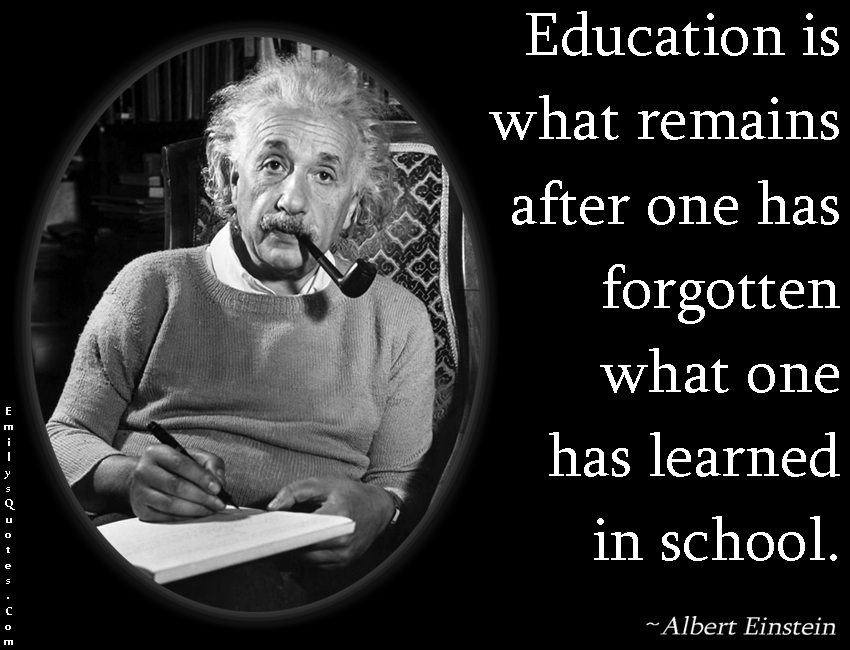 |
I wallowed, and had a minor pity party and after I collected my thoughts, I did what any normal person would do in a time of emotional crisis: I went to ALLUDO! And I saw how many tasks there were to do, and I closed my computer immediately and watched Netflix instead. 🙂

But when I finally decided to be productive, I chose to take some online courses that were offered through Coursera. (And I became overwhelmed again…this was really an emotional roller coaster for me). I chose to take the Blended Language Learning through University of Boulder Colorado. Let me tell you: THIS COURSE WAS FANTASTIC (in my opinion). The course was taught by Edwige Simon, and I’m assuming she designed the course, and I’ve got to say, her teaching online style really appealed to me:
 |
| Edwige Simon |
- Divide the class into 3 parts: teacher presence, social presence (where students interact with each other) and cognitive presence (where students interact with the material and their own thinking). I took this another step and decided I’m going to organize my classes in that order and students will have the last bit of class be autonomous where they have the freedom to work on the assignment individually right in that moment, or take a break and continue to it that night or in a few days. Breaks from the screen and brain breaks are so essential (as I’ve come to find out after Zoom after Zoom on PD days)
- Backwards planning is important for online courses. What do you want the student to eventually know at the end of the lesson? What is the culminating (summative) idea and lessons you want the students to learn? Then you start planning what activities and assignments will help achieve that objective.
- The way the class itself was structured gave me a phenomenal example of how organized, clear and structured the class was: It was composed of a short video, followed by a short powerpoint, a small formative quiz (which gave feedback and multiple tries), a discussion board, a reading assignment, a written assignment, a few more videos and quizzes, followed by a summative test at the end. There was immediate feedback, and the structure was routine, clear, and consistent. I loved the seamless transitions and routine that I knew what to expect for every assignment and there were no surprises and no pressure.
- There was an “integrity” portion where students had to click a box agreeing to academic integrity and sign their name that they would use their own words and no outside resources otherwise there would be consequences. I’m not sure how I would’ve gotten caught, however just that reminder definitely was on my conscience and I didn’t use outside resources, even though I was tempted. I liked this feature a lot.
- There was an approximate time slot for how long assignments should take. I found these time approximations to be overestimated, and assignments that took me 2 minutes were estimated to take up to 20 minutes. I liked this feature, however because it allowed me to budget my time and prioritize assignments. In my classes, I will give a more general time frame like “short, medium, and long” so that students are able to budget their time.












